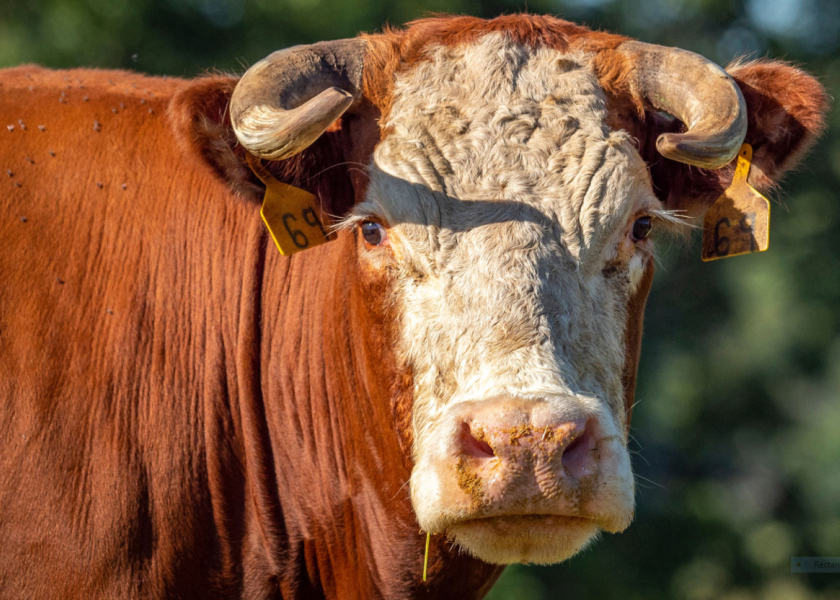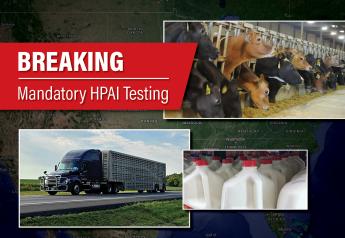Preparing For Dehorning? Here's A Review Of Proper Protocol

With horned cattle less common in the beef industry today, proper dehorning techniques may not be as well-known as in years past, according to Oklahoma State University experts.
“A successful dehorning plan can improve operational efficiency; it involves the use of a written protocol and skilled personnel,” said Dr. Rosslyn Biggs, OSU Extension veterinarian and director of continuing education for the university’s College of Veterinary Medicine. “Industry experts and veterinarians typically recommend dehorning take place as early as possible.”
The 2017 U.S. Department of Agriculture’s National Animal Health Monitoring Beef Cow-Calf Study, released earlier this year, reports that only 7.8% of U.S. beef cattle are still horned. The study shows a significant downward trend from previous reports. Historically, the dominance of traditional breeds led many herds to contain horned cattle.
Increased accessibility to alternative breeds and polled genetics — animals without horns — has allowed cattle producers to gradually move away from horned animals while maintaining production potential, said Dana Zook, OSU Extension area livestock specialist for northwestern Oklahoma. For example, Angus cattle — the most common beef breed in the United States — are naturally polled.
For the remaining horned livestock, OSU Extension recommendations are to follow a written protocol and to review it annually. The protocol should address:
Best age for dehorning calves
The dehorning technique to be used
Ways to minimize animal stress
Animal restraint
Pain management
Personnel training
There are two common approaches to eliminate horns: disbudding before the horns appear and mechanical removal later. Disbudding involves the removal or destruction of the horn-producing corium in young calves. That can occur as early as a calf’s first 24 hours of life.
“Care must be taken to prevent calf injury,” Biggs said. “Disbudding is preferable over mechanical dehorning but is not always practical for beef producers.”
The chances of a successful dehorning improve when the protocol is executed by trained personnel. The use of an appropriate, well-designed training program also improves safety and wound management.
Physical and chemical restraint can improve the process. Recommended restraint techniques maintain human and animal safety and minimize stress, Biggs said.
“Facilities should be in good working order and safely secure the head of the calf,” she said. “Animal sedatives should be used only on the order of a veterinarian. Although some chemical restraints may offer pain control, many do not, and appropriate pain management will be needed following the procedure.”
The American Association of Bovine Practitioners considers pain management to be a basic standard of care for all disbudding and dehorning procedures. Local anesthesia can provide immediate relief for up to five hours following the procedure; longer-term pain control can be achieved using non-steroidal anti-inflammatory drugs, or NSAIDs.
Cow-calf producers also should be aware that any NSAID must be prescribed by a licensed veterinarian for use beyond label guidelines. The Animal Medicinal Drug Use Clarification Act requires extra-label drug use adhere to the following:
Use only in a valid veterinary-client-patient relationship.
Support a documented drug-selection process.
Maintain up-to-date records for each animal.
Observe defined withholding times as set by U.S. Food and Drug Administration protocols.
Fact sheets detailing research-based recommendations for dehorning and other related management practices for cattle are available online through OSU Extension and through OSU Extension county offices.







